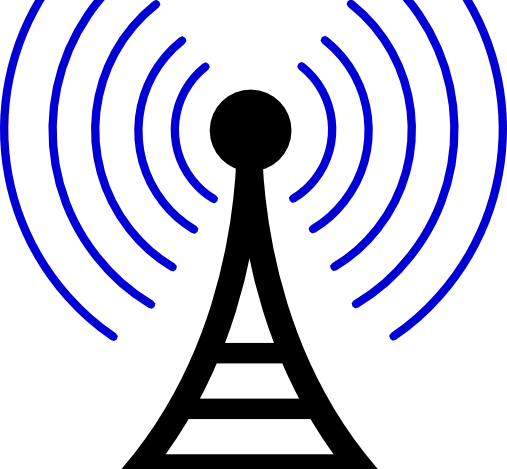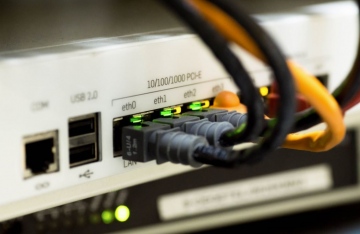Wireless Fidelity or WiFi was developed in late 1990’s by the IEEE and it is designed to provide high-speed internet access on wireless networks. People often move about frequently in today’s settings. They don’t operate only from their houses or work areas. They often need to move between many positions, especially in field locations. Laptops, smartphones and tablets with integrated WiFi connectivity are developed to meet such a demand. It is generally necessary develop reliable wireless Internet capabilities to improve productivity and this should where WiFi supports come in.
Any wireless access point can be rather risky for people who want to access information if it is placed inside a reasonable distance. We should be able to take proper security precautions before setting up reliable WiFi networks in our organizations. The overall level of security could depend on the nature of information that our organizations typically handle. As an example, we could be dealing with very sensitive information that requires highly customized security measures.
Security is probably the most serious issue that confronts users of wireless networks. Just about anyone can scan available WiFi network in the area and this should give them the opportunity to choose one that they are interested in. Some WiFi networks are open for public and everyone can use it to access the Internet. However, some networks are encryptions and require passwords for access. Such a network could be connected to a local wireless network that contains a large amount of essential data. If IT administrators are not careful enough, it is possible for malicious individuals to hack the network wirelessly or intercept any information that’s transmitted on the air.
Therefore, it should be essential to take proper security measures, so it is possible for us to set up reliable WiFi hotspots are our office or home, Security should be applicable when we need to have an access to public hotspots using our mobile devices. Another drawback we should consider is the limited range of WiFi connectivity. While connection should be reliable with cables, the overall mobility would be significantly restricted. Typically, the ideal radius is about a hundred feet from the hotspot transmitter. It should be noted that early WiFi equipments are less efficient and drain plenty of power. This would be a disadvantage for devices that are dependent on batteries.
Home users could quickly find out that their cordless phones and microwave ovens trigger troublesome interference on their wireless network. The problem also applies to WiFi phones that operate with VoIP technology. It may not be possible to roam on other hotspots, if there is no interconnection between them. These problems could cause interruptions in data download and dropped VoIP calls. However, researchers have been working on new WiFi standards that are more resistant to external interferences. New features and enhancements should iron out existing problems, as new technologies develop further. WiFi is currently a relatively mature technology and we will get more benefits from it in the future.




